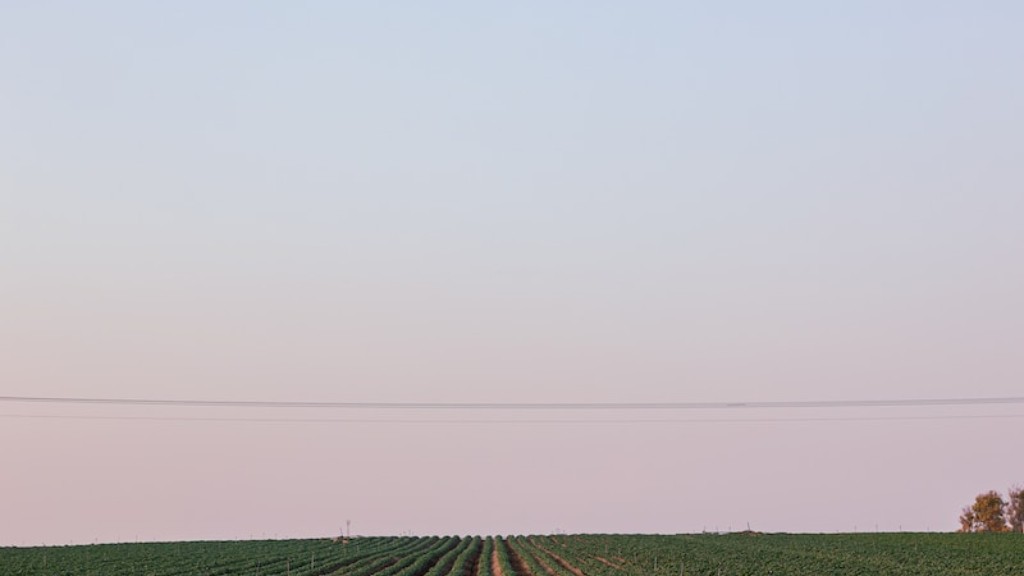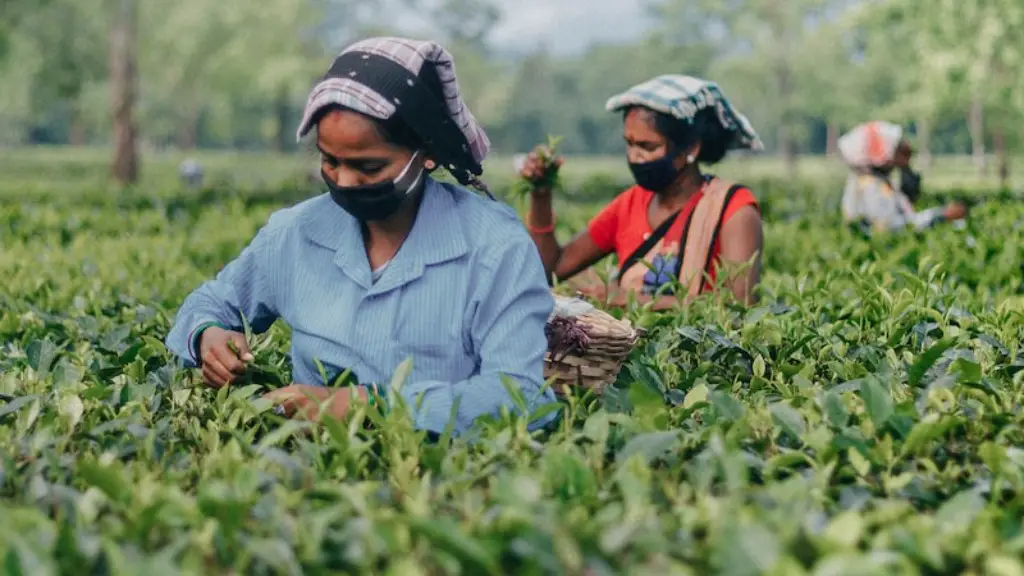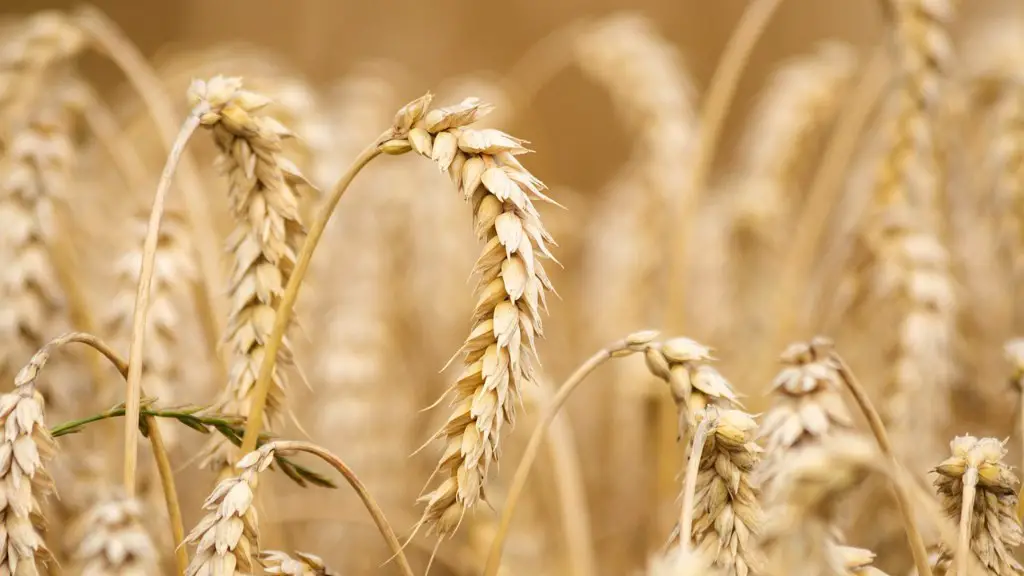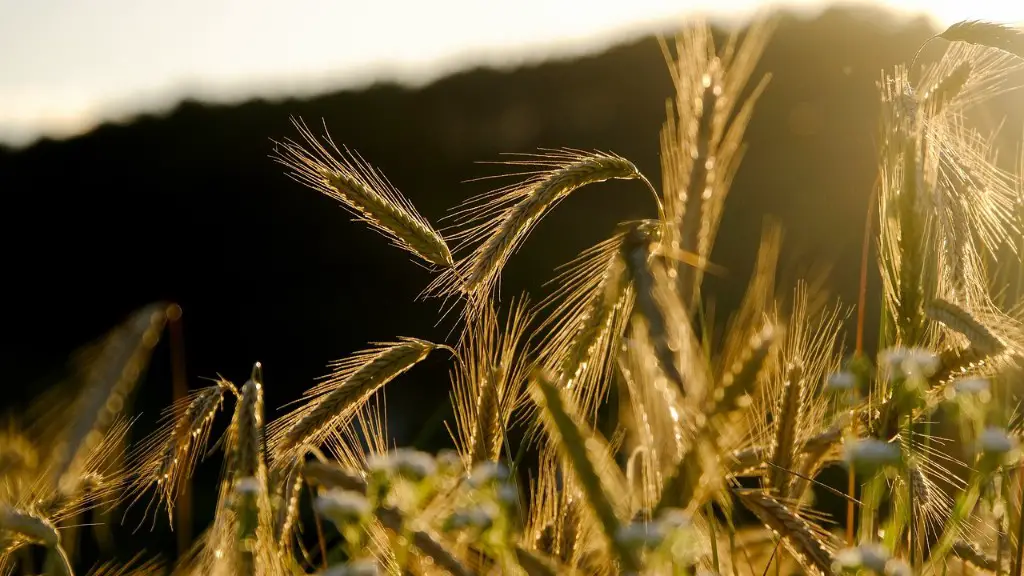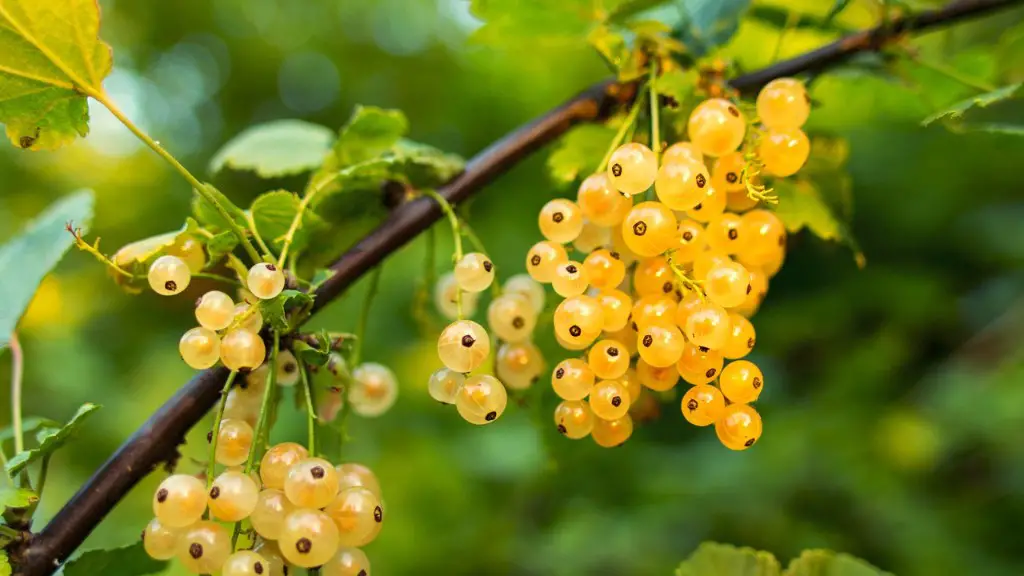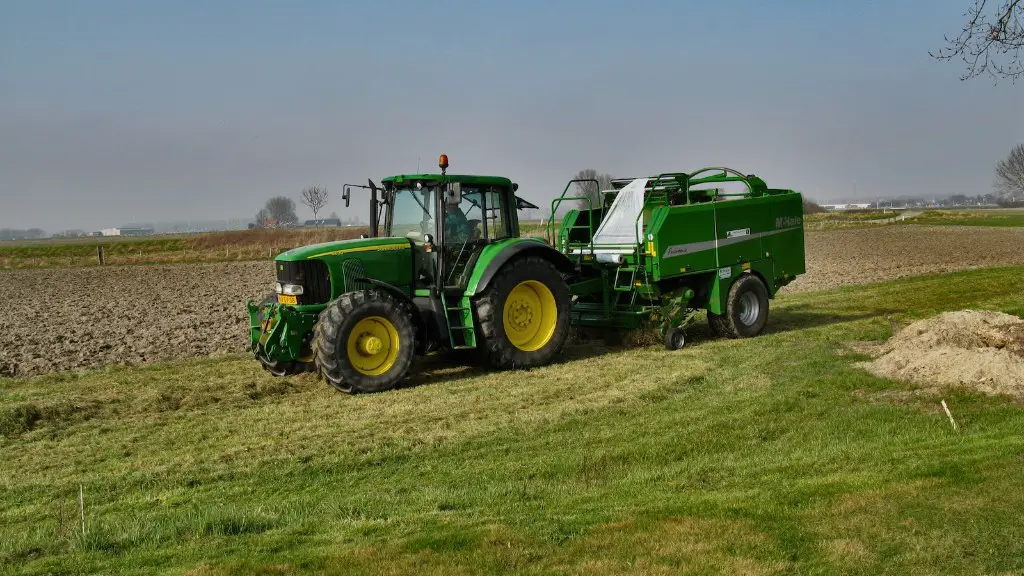Agriculture is the process of producing food, feed, fiber and other desired products by cultivation of certain plants and the raising of domesticated animals. It is an ancient practice that has been important for the human race throughout its history. Agriculture allows people to live in one place and to have a reliable food supply. It also provides employment for a large percentage of the world’s population. In addition to food, agriculture is also responsible for the production of many other useful products, such as clothing, fuel, and building materials.
Agriculture is an important part of the economy in many countries. It is the process of producing food, feed, fiber and other desired products by the cultivation of plants and animals. Agriculture is a vital sector of the economy, providing employment for millions of people around the world. It is also an important source of food and other raw materials for industry.
What is the importance in agriculture?
The agriculture sector is vital for both poverty reduction and economic growth. It is estimated that growth in the agriculture sector is two to four times more effective in raising incomes among the poorest compared to other sectors. Agriculture also accounts for a significant share of GDP in many developing countries – in some least developed countries, it can account for more than 25% of GDP.
Investment in the agriculture sector is therefore crucial for both poverty reduction and economic growth. The sector presents a number of opportunities for investment, including in small-scale farming, agro-processing, and irrigation. With the right policies and investments in place, the agriculture sector has the potential to transform the lives of millions of people living in poverty.
There is no doubt that agriculture is one of the most important aspects of our lives. It is the source of our food supply and it plays a vital role in the economy. Without agriculture, we would not be able to survive. All roads truly do lead to agriculture.
What are 3 benefits of agriculture
The basic needs for human survival; food, shelter, and clothing, are all dependent on agriculture for their production Raw materials such as crops for food, silk for cloth, and wood for shelter, all come from agriculture. Agriculture is thus a vital part of human civilization, and has been since our earliest days.
Farming is a great way to live a healthy lifestyle. Not only does it provide a source of income in rural areas, but it also helps to develop the younger generations. Farm work is challenging and stimulating, which helps to keep the mind and body active. Additionally, farming can help the environment thrive by providing a sustainable source of food.
How does agriculture reduce poverty?
The poorest people in society benefit the most from agricultural growth. This is because agricultural growth increases the demand for labor, which in turn increases the income that can be accrued from selling labor. This increase in income can help to alleviate poverty and improve the standard of living for the poorest people in society.
The social benefits for farm families are numerous and include achievement and fulfilment through: Seeing the effects on the people who spend time on the farm; Making a difference in the lives of individuals; and Helping typically excluded people to become more included. Farm families often work long hours and make significant sacrifices to maintain their farm operations, but they derive great satisfaction from seeing the positive effects that their work has on others. They take pride in knowing that they are making a difference in the lives of those who interact with their farm, and they enjoy the sense of community and inclusion that comes from helping typically excluded people to feel more welcome and included.
What are 3 facts about agriculture?
Agriculture is the single largest employer in the world, with 914 million acres of farmland just in the US. The average US farmer can feed 155 people, and beef farming accounts for 29% of American farms.
Climate change is one of the greatest challenges facing farmers today. With the world’s population projected to reach 9.7 billion by 2050, the demand for food will only continue to grow. In order to meet this demand, farmers must adapt to climate change and become more efficient and sustainable.
There are many ways in which farmers can adapt to climate change. One way is to use more efficient irrigation methods. This can help to reduce water usage and the amount of water that is lost to evaporation. Another way is to use cover crops. Cover crops can help to protect the soil from erosion and help it to retain moisture. Farmers can also use new technology to help them to be more efficient and to better forecast weather conditions.
climate change is a challenge that farmers must face, but there are many ways in which they can adapt and become more sustainable.
What is the most problem in agriculture
The loss of agricultural land and the decrease in the varieties of crops and livestock produced are two of the most major problems in agriculture. Agricultural land is being lost to development and land degradation, while the number of crop and livestock varieties produced is decreasing due to the loss of genetic diversity. These problems are having a negative impact on the food security and livelihoods of millions of people around the world.
Soil quality, water quality, climate, and terrain are just a few of the environmental issues that may impact profits and productivity for farmers in any given growing season. Frequent weather changes and extreme weather conditions can also wreak havoc on crops. For example, farmers in the Midwest were hit hard by floods this year, which ruined many acres of farmland. In addition to being at the mercy of the elements, farmers must also contend with pests and diseases that can destroy their crops. All of these factors can lead to lower yields and reduced profits.
What is the importance of modern agriculture?
Modern agriculture is an evolving approach that is helping farmers to increase their efficiency and productivity. This is possible by applying innovative farming practices that help to reduce the loss of natural resources. Consequently, farmers are able to gain more profits from their farms.
The agriculture sector provides more employment opportunities to the labor force that reduce the high rate of unemployment in developing countries caused by the fast growing population. Agriculture employs many people and contributes to economic development.
What are the 4 types of agriculture
Livestock production is the branch of agriculture that deals with the rearing and management of animals for meat, milk, eggs, and other products. It includes the breeding, feeding, and care of livestock.
Crop production is the branch of agriculture that deals with the cultivation of plants for food, fuel, and other products. It includes the planting, harvesting, and marketing of crops.
Agricultural economics is the branch of agriculture that deals with the economic aspects of agriculture, including the markets for agricultural products, the costs of production and farm management, and the economics of rural development.
Agricultural engineering is the branch of agriculture that deals with the application of engineering principles and technology to the problems of agriculture. It includes the design and construction of farm buildings, the development and application of agricultural machinery and equipment, and the irrigation and drainage of agricultural land.
The most valuable crops and livestock products in the world are maize (corn), wheat, soybeans, and eggs. The country with the highest gross production value for each of these products is Mainland China.
Why agriculture is declining?
It is clear that public investment in agriculture has declined over the last few years. This has led to a decline in agricultural productivity and has had a negative impact on farmers’ incomes. In addition, access to institutional credit has been inadequate, which has further constrained agricultural development. Frequent droughts and floods have also had a negative impact on agriculture, resulting in a decline in production. All of these factors together have contributed to the declining trend in agriculture.
It is estimated that by 2050, the world’s population will reach 9.7 billion. This means that we will need to produce more food than ever before. At the same time, we must be careful not to damage the environment. Agricultural production is a major source of greenhouse gas emissions, which contribute to climate change. And as the world becomes warmer, it is likely that we will see more extreme weather events, which can damage crops and lead to food shortages.
The solution to this triple challenge is to produce food more sustainably. This means using less land, water, and energy, and reducing greenhouse gas emissions. It also means supporting small-scale farmers, who are often the most efficient and sustainable producers.
Why is agriculture the biggest mistake
Farming allowed for the domestication of plants and animals, which led to the development of civilizations. However, it also led to deep class divisions, as those who could farm had a much steadier and reliable food supply than those who could not. This division led to a host of problems, including malnutrition, starvation, and epidemic diseases.
Soil fertility loss is caused by the depletion of nutrients in the soil. This can be due to overgrazing, leaving the soil exposed to the elements, or using chemical fertilizers that can leach nutrients out of the soil.
Eutrophication of water bodies occurs when there is an excess of nutrients in the water. This can cause an increase in algae growth, which can lead to the depletion of oxygen in the water and the death of aquatic life.
Deforestation is caused by the clearing of trees for agricultural purposes. This can lead to soil erosion, as well as the loss of habitat for animals and plants.
Climate change is caused by the emission of greenhouse gases from agricultural activities. These gases trap heat in the atmosphere, causing the Earth’s temperature to rise.
Pesticide pollution occurs when chemicals used to kill pests end up in the environment. These chemicals can be toxic to plants, animals, and humans.
Final Words
Agriculture is the process of producing food, feed, fiber and other desired products by the cultivation of certain plants and the raising of domesticated animals. Agriculture is considered to be the backbone of every economy as it provides essential nutrients and materials for human survival. It also plays a vital role in the environmental cycle by taking in carbon dioxide and releasing oxygen.
Agriculture is the cultivation of animals, plants, fungi, and other life forms for food, fiber, biofuel, drugs, and other products used to sustain and enhance human life. Agriculture was the key development in the rise of sedentary human civilization, whereby farming of domesticated species created food surpluses that supported the development of cities. It also allowed for the domestication of plants and animals, which led to the development of civilizations.
